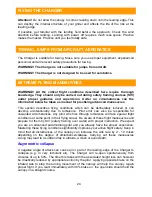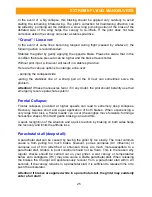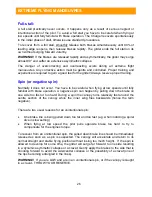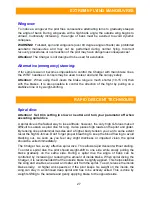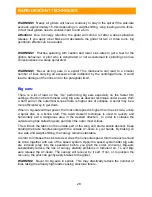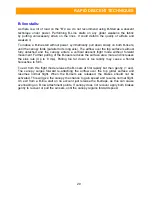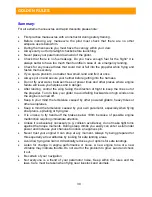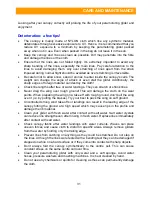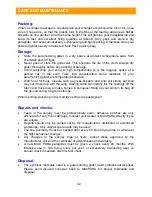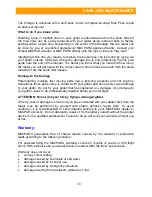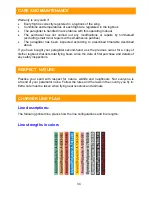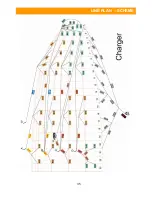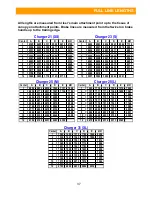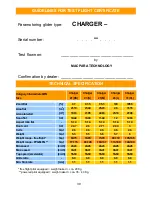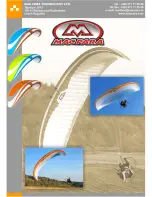
30
GOLDEN RULES
Summary:
For all extreme manoeuvres and rapid descents please note:
First practise manoeuvres with an instructor during safety training.
Before inducing any manoeuvre the pilot must check that there are no other
airspace users below him.
During the manoeuvre you must have the canopy within your view.
Always carry out full pre-flight checks before launching.
Never place your paramotor downwind of the glider.
Check that there is no fuel leakage. Do you have enough fuel for the flight? It is
always better to have too much than too little in case of an emergency landing.
Check for any loose articles that could trail or fall into the propeller while flying and
fasten them securely.
If you spot a problem, no matter how small, land and fix it at once.
Always put on and secure your helmet before getting into the harness.
Do not fly over water, between trees or power lines and other places where engine
failure will leave you helpless and in danger.
After landing, control the wing facing the direction of flight to keep the lines out of
the propeller. Turn to face your glider to avoid falling backwards in high winds once
the engine is turned off.
Keep in your mind the turbulence caused by other powered gliders, heavy trikes or
other aeroplanes.
Keep in mind the turbulence caused by your own paramotor, especially when flying
sharp turns, spiralling or flying low.
It is unwise to fly hands-off the brakes below 100m because of possible engine
malfunction requiring immediate attention.
Unless it is absolutely necessary (e.g. collision avoidance), do not make tight turns
against the torque moments. During steep climbs you easily can enter a stall under
power and increase your chances to induce a negative spin.
Never trust your engine! It can stop at any moment. Always fly being prepared for
this especially at low altitudes by looking for safe landing areas.
Avoid low flying downwind. It drastically reduces your options for safe landings.
Listen for change in engine performance or noise. A new engine tone or a new
vibration may indicate trouble. Do not wait for the problem to grow. Land and check
it out.
Be certain of your navigation
Not everyone is a friend of your paramotor noise. Keep within the rules and the
laws. Care must be taken when flying near livestock and animals.
Содержание CHARGER
Страница 1: ...1 ...
Страница 10: ...10 TRIMMING ...
Страница 35: ...35 LINE PLAN SCHEME ...
Страница 38: ...38 ...
Страница 40: ...40 ...









